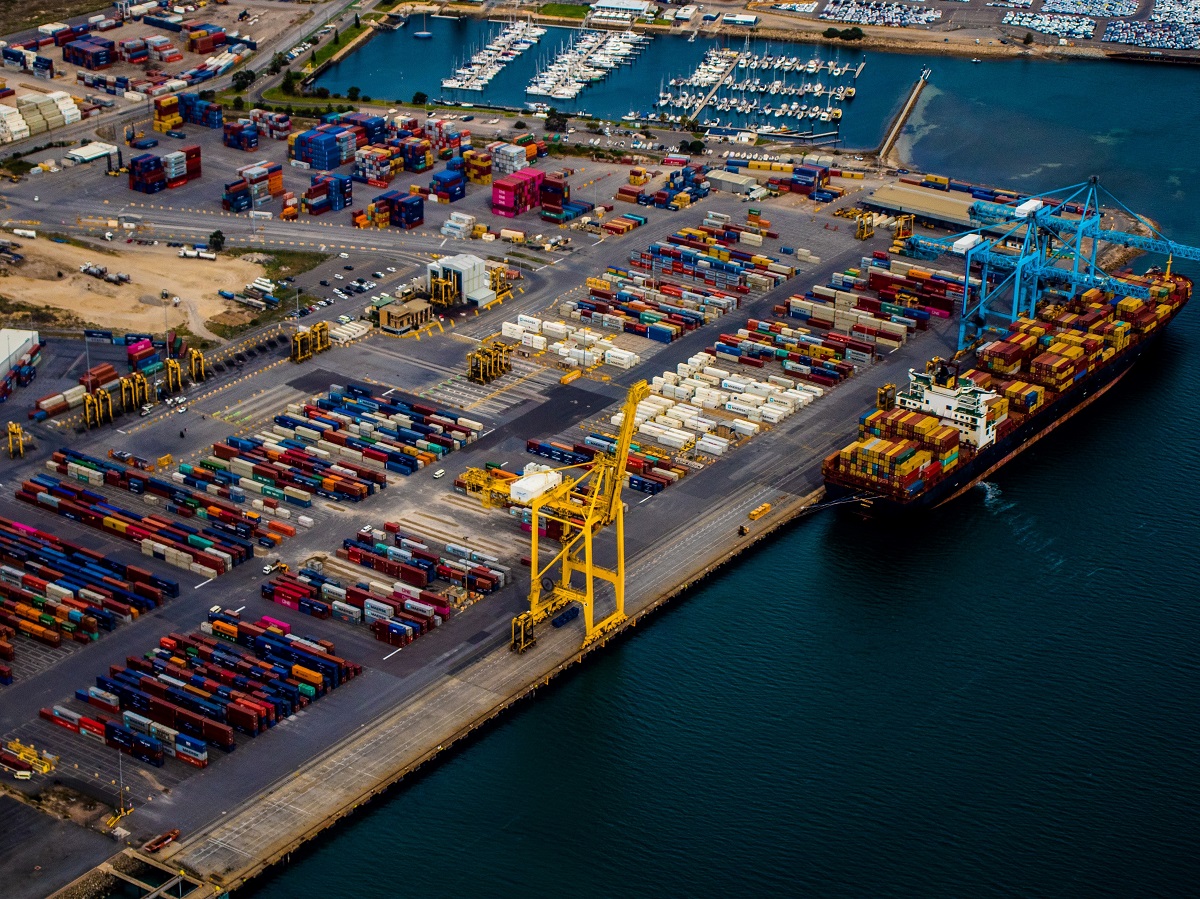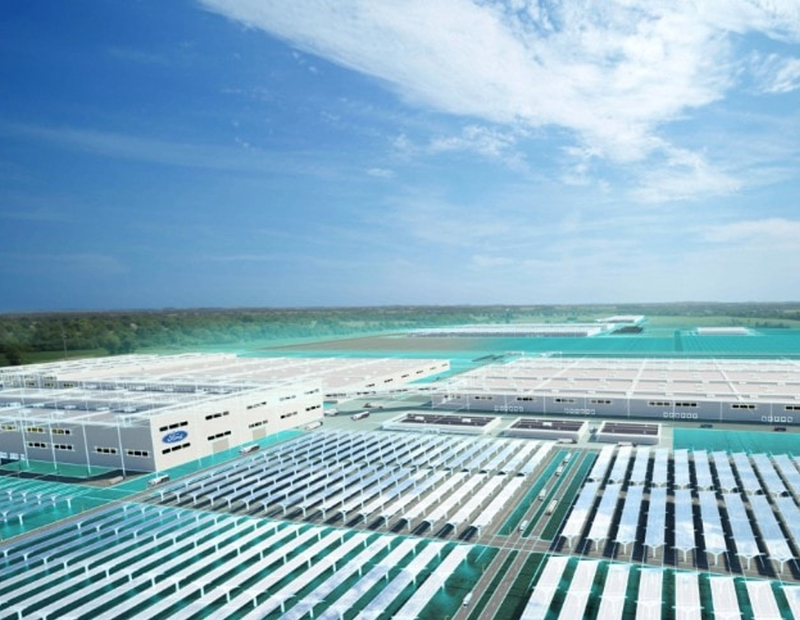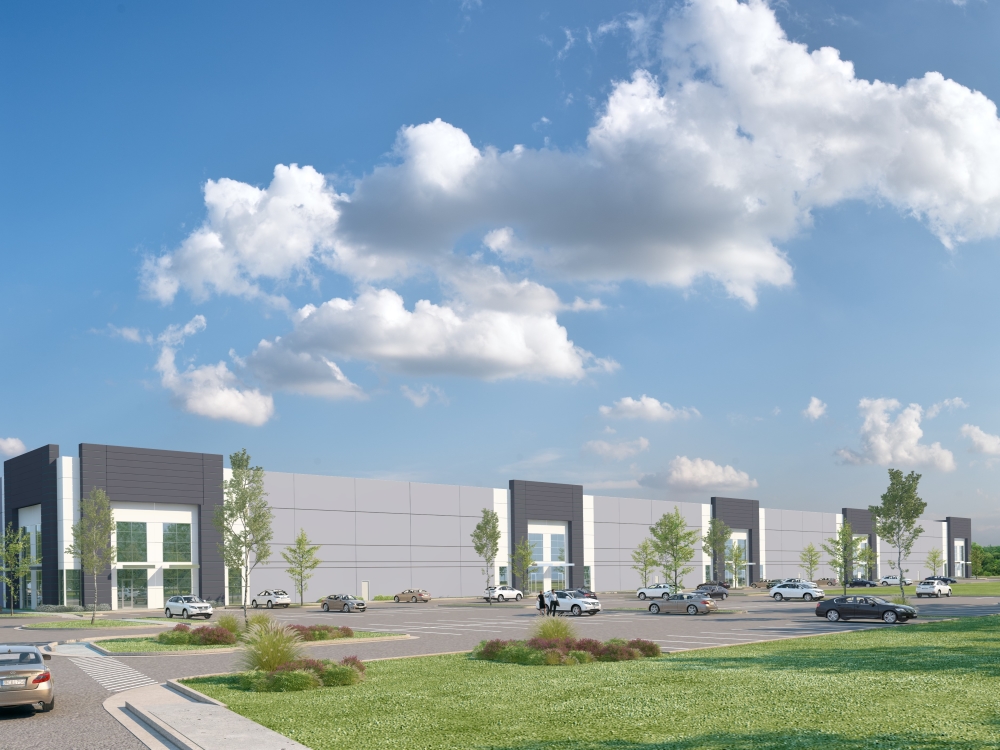What’s Driving the Industrial Bull Run in Greater Los Angeles
Colliers International's Chris Sheehan on what to expect from the nation's top industrial market.
The Greater Los Angeles industrial market is positioned to remain at the top in 2021. According to CommercialEdge data, prices have increased by more than 40 percent between 2016 and 2020 in the Southern California markets. In Los Angeles, average prices per square foot rose to $197 from $138 in 2016, while the Inland Empire saw an increase to $127, from $80.
The ports of Los Angeles and Long Beach are responsible for roughly 40 percent of all inbound containers in the U.S., according to Colliers, and represent a primary driver for the industrial market. Both the Inland Empire and Los Angeles have had record-breaking first quarters in terms of vacancy and average asking rents, with demand not showing any signs of slowing down.
READ ALSO: Vacancy Drives Industrial Pricing Surge
Greater L.A. had more than 14 million square feet of net absorption in the first quarter, of which 10.2 million were in the Inland Empire alone, Colliers research shows. Vacancy in the market dropped to a historic 1.8 percent, the lowest in the U.S.
And strict land availability is not stopping developers from rushing to add more inventory to the pipeline—the Greater L.A. market has nearly 27 million square feet under construction.
To get a clearer image of how we got here and what the future holds, Commercial Property Executive connected with Greater L.A.-based Chris Sheehan, Executive Vice President with Colliers.
The San Pedro Bay Port Complex has seen a spike in activity since the start of the pandemic. Could you tell us how this is affecting the local industrial market?
Sheehan: More containers means more warehouse space, so this is directly impacting the availability of warehouse space near the ports. Limited and shrinking availability of warehouse space means lack of supply which, coupled with more demand, means rapidly rising rental rates.
The current administration intends to spur domestic manufacturing, as well as lower the risks associated with international supply chains. Do you expect onshoring/reshoring efforts to impact the Inland Empire/Los Angeles markets?
Sheehan: I think there will be a positive impact to the industrial markets in the Inland Empire and infill Los Angeles markets, but I don’t think it will be a major impact. It is more likely that secondary and tertiary markets with more incentives and cheaper real estate will see a bigger impact.
Recent data suggests that a steep increase in rents is largely driven by land availability, or lack thereof. How are top players dealing with this challenge?
Sheehan: The short answer is paying more for industrial land. We are seeing record-breaking prices seemingly every month. Any industrial owners that have been land banking are trying to unlock the potential of their real estate as soon as possible because of the insatiable demand, both from tenants and from institutional capital.
Some real estate players say rents for smaller footprints have skyrocketed at a much higher pace than those for large developments. Have you noticed the same trend?
Sheehan: I don’t agree with this statement. I feel like larger footprints are in higher demand and typically have a more limited supply, so acceleration of rental rates in that sector is pushing the market. Lease rates for smaller buildings, while still in high demand, are not appreciating as rapidly because there is more supply. Automation—along with the push toward autonomy—is a key driver for the industry’s future. How are developers adapting to this trend?
Automation—along with the push toward autonomy—is a key driver for the industry’s future. How are developers adapting to this trend?
Sheehan: By constructing buildings that provide the most flexibility for a variety of uses. This includes higher ceiling clearance to maximize the vertical space inside the building, high-density sprinkler systems, access to heavy power and creating efficient floorplans. This allows for both a traditional warehouse use with racks and forklifts or for a more modern use of the space with specialized material handling and automation.
Los Angeles and the Inland Empire are some of the tightest industrial markets in the U.S. Is spillover to adjacent, smaller markets something you observed? If so, are there any hotspots created by this?
Sheehan: Yes, along with several other factors, rising rents and limited availability are pushing occupiers to consider other markets, like Phoenix; Las Vegas; Reno, Nev.; Salt Lake City, etc. This increase in demand in those markets is also pushing land prices and cap rates to historic levels.
Leaving e-commerce aside, what key trends are expected to drive industrial activity in the Inland Empire and L.A. in 2021 and beyond?
Sheehan: A major driver for demand is the move away from just in time lean supply chain to companies preferring to have more warehouse space for safety stock. Companies can’t afford to have a major disruption in supply chain like what was experienced in the pandemic.
Cold storage warehouse space is also increasing in demand and there are companies looking to do spec development of cold storage warehouses, which we have not seen before. Whether it’s e-commerce or not, pent-up consumer demand will drive the demand for warehouse space in the near term. How long that demand will last and at what levels will dictate the length of this incredible bull run on industrial we are experiencing.









You must be logged in to post a comment.